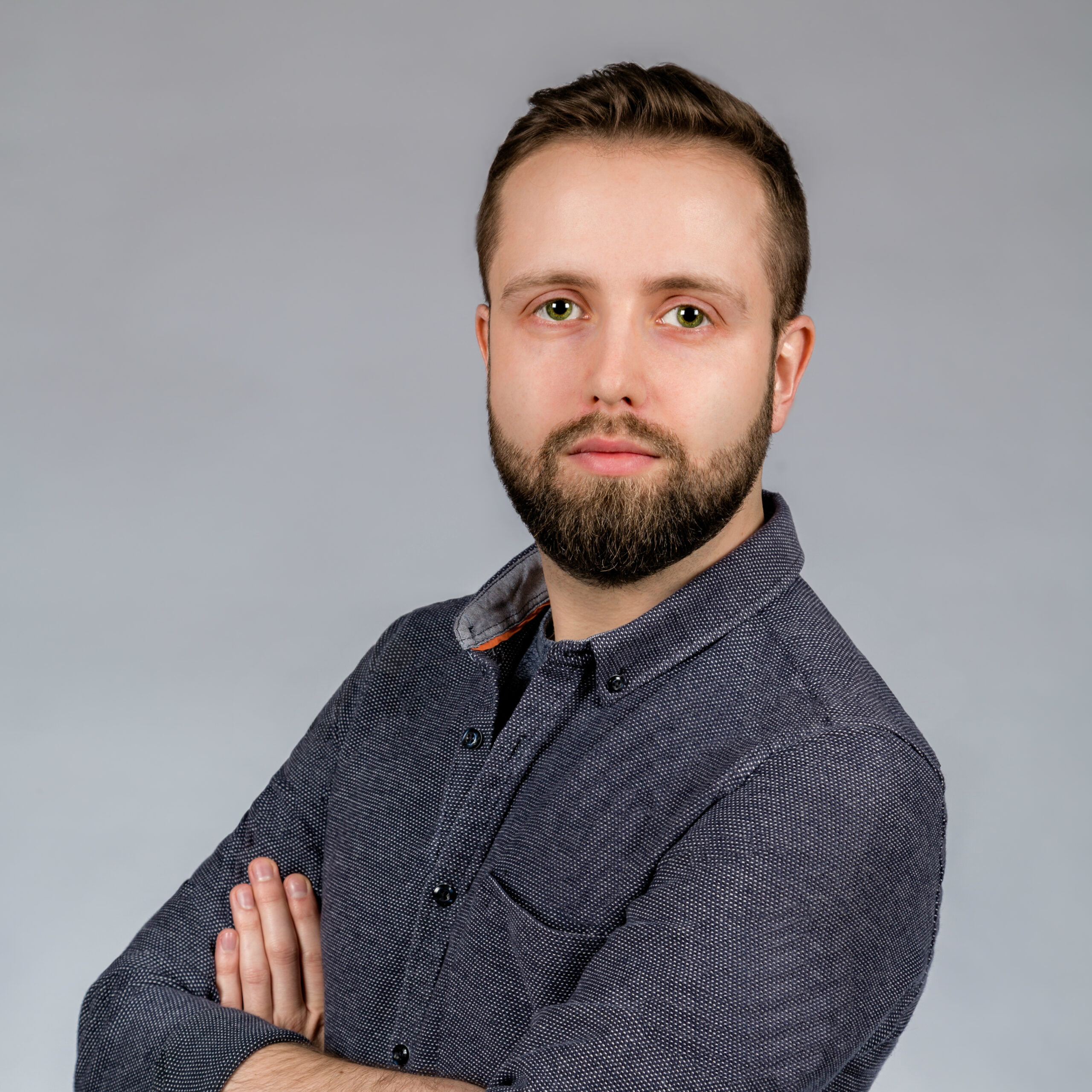Q: “The Overflowing Earth” is described as having an “abstract beauty” that contrasts with a “grim truth.” Can you discuss the intentionality behind this aesthetic choice?
Yes, I wanted the images to appear almost decorative at first sight, filled with colors, textures, and patterns that could be mistaken for abstract art so this contrast was intentional. But the longer you look, the more reality sinks in when you realize these are mountains of garbage. This visual tension between beauty and horror mirrors the paradox of modern consumption: we disguise its consequences until they become impossible to ignore.
Q: As you cultivated your distinctive voice as a photographer, which influences or experiences played a significant role in shaping your perspective? How do you maintain authenticity amid changing trends?
As a kid I was always drawn to details, to patterns in everyday things so for me it wasn’t about copying anyone’s style it came more from childhood curiosity and persistence, and when I started using a drone, I suddenly saw those details on a different scale. Places I knew well looked completely new from above. That perspective changed everything. As for authenticity, I try not to think about what’s fashionable or in line with actual trends. If an image feels too polished or too safe, I usually step back. What matters is whether the subject still feels alive to me, whether it still stirs something. That’s the only way to keep your work authentic.
Q: What was your process for gaining access and ensuring your safety while working in these active landfills?
Research and preparation were essential. Many landfills are remote, without clear access roads, so I spent hours studying satellite maps, comparing them with local news or municipal data to figure out which sites were worth visiting. Sometimes the place looked completely different from what I had expected, which meant driving hundreds of kilometres for nothing. Some locations were massive and concentrated, others were too spread out to capture well. Safety was always at the back of my mind, so I have always kept a safe distance, launching the drone from take-off points where I had control but didn’t put myself at risk and still close enough to capture the density and scale I wanted to show. It wasn’t glamorous work, but it allowed me to keep documenting consistently without crossing that line where it became dangerous.
Q: Winning the title of Non-Professional Editorial / Press Photographer of the Year is a significant honor. What does this recognition represent for you?
For me, this award is not just a personal milestone, it’s a recognition that photography has the power to spark conversation around uncomfortable truths. To receive such an honor at the International Photography Awards means that the subject I’ve devoted years to has found resonance beyond Poland. It confirms that environmental issues, when framed through a visual language, can speak across borders and cultures. On a personal level, it gives me encouragement to pursue long-term projects that may not always be easy, but which I believe carry weight. It is easy, as a photographer, to doubt whether the images you make truly matter. This award is a reminder that they can.
Q: For emerging photographers, what is your most crucial piece of advice for staying focused and crafting a compelling narrative from such a vast and complex issue?
Don’t try to capture everything at once. Complex topics can feel overwhelming, so start with one fragment and focus on it. Follow it patiently, and over time the bigger story will emerge. And stay close to subjects that really matter to you. If you care deeply about what you’re photographing, that authenticity will show. People might forget flawless images, but they won’t forget photographs that made them stop and think.

